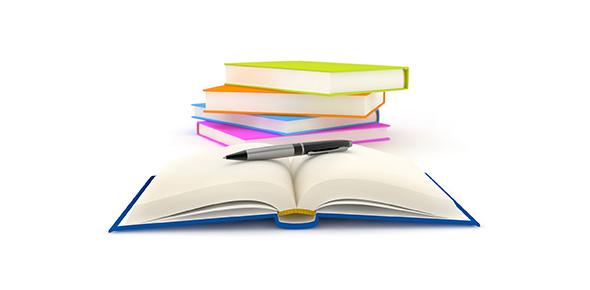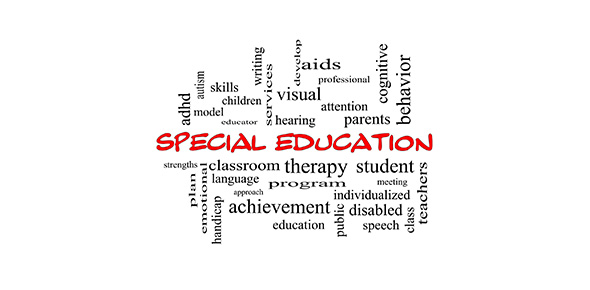Related Flashcards
Related Topics
Cards In This Set
| Front | Back |
|
AXIS I
|
Clinical Disorders
|
|
AXIS II
|
Personality Disorder
|
|
AXIS III
|
General Medical Conditions
|
|
Axis IV
|
Psychosocial and Environmental Problems
|
|
Axis V
|
Global Assesment of Functioning
|
|
Autistic Disorder
|
Delay or abnormal functioning in atleast two areas of social interaction, and one area of language, and one area of imaginative play
AGE of ONSET: prior to age 3
|
|
Criteria of impairment in social interaction as seen in AUTISTIC DISORDER
|
A)impairment of nonverbal behaviors B)failure to develop peer relationships C)lack of seeking to share enjoyment, interests with others D)lack of social or emotional exchange
|
|
Criteria of impairment in communication/ language as seen in AUTISTIC DISORDER
|
A)delay or lack of spoken language development B)Where there is adequate speech, there is marked impairment in the abilty to initiate or sustain a conversation with others C)repetitive use of language D)lack of make-believe play or social imitation play
|
|
Criteria of restricted repetitive and impairment in symbolic play as seen in AUTISTIC DISORDER
|
A)precoccupation with one or more patterns of interest that is abnormal in intensity or focus B) inflexible to specific, routines or rituals C)repetitive motor mannerisms D)persistent preoccupation with parts of objects
|
|
RETTS DISORDER
|
Normal development through the first 5 months after birth with a pattern of developmental regression including decelerated head growth, loss of previously acquired hand skills, loss of social engagement, severely impaired language development with sever psychomotor reatardation.
AGE of ONSET: prior to age 4
DIAGNOSED only in:Females
|
|
CHILDHOOD DISINTEGRATIVE DISORDER
|
A)normal development for atleast the first 2 yrs after birth with clinically significant loss of previously acquired skills in atleast 2 Areas: Language, social skills, bowel/bladder control, play or motor skills. B)Abnormal funtioning in ateast 2 areas: social interaction impairment, communication impairment, restricted, repetitive patterns of behavior
AGE of ONSET: prior to age 10
|
|
ASPERGERS DISORDER
|
A)impairment in social interaction in atleast 2 areas: impairment in the use of nonverbal behaviors, failure to develop peer relationships, lack of interest in sharing enjoyment with others, lack of social or emotional mutual exchange B)restricted, repetitive patterns of behavior in atleast 1 area:preoccupation with one or more restricted patterns of interest that is abnormal, inflexible to routines or rituals, repetitive motor mannerism , persistent preoccupation with parts of objects
C)causes clinically significant impairment in social, occuopational or other areas of functioning
D)NO clinicaly significant delay in language or Cognitive development or age-appropriate self-help skills
Diagnosis: More frequently in males
|
|
ATTENTION DEFICT/HYPERACTIVITY DISORDER
|
Either 6 or more symptoms of inattention that persists for atleast 6 months or 6 or more symptoms of hyperactivity-impulsivity that persists for 6 months to a degree that is maladaptive and inconsistent with developmental level
-symptoms caused impairment before age 7
-some symptom impairment is present in 2 ior more settings e.g school and home.
-clinically significant impairment in social, academic, or occupational functioning
|
|
Symptoms of inattention in ADHD
|
A)fails to give close attention to details or makes careless mistakes b)often has difficulty sustaining attention or easily distracted c)often does not seem to listen when spoken to directly d)often does not follow through on instructions and fails to complete works, chores, or tasks not due to oppositional behavior or failure to understand instructions e) often has difficutly organizing tasks and activities f) often avoids, dislikes or is reluctant to engage in tasks that require mental effort g)often loses things necessary for tasks or activities, or is often forgetful in daily activities
|
|
Symptoms of attention deficit/hyperactivity in ADHD
|
Hyperactivity
a)fidgets with hands or feet or squirms in seat b)leaves seat in classroom or other places where remaining seated is expected c) runs or climbs excessively in situations in which its inappropriate d) has difficutly playing or engaging in leisure activities quietly
e) often on the go, talks excessively
Impulsivity
a)blurts out answers before questions are completed
b)difficulty awaiting turn
c)often interupts or intrudes on others
|








